It took a second round count of the the top votes to separate the all-electric Jaguar I-Pace from the AlpineA110 sports coupe.
In many ways it was a battle between a pure petrolhead sports coupe epitomising the best of what we have, pitted against an all-electric crossover representing much of what the future holds. And in the end it was the big cat of the future that finally won out, taking the award for the first time in the brand’s history.
The Jaguar I-Pace has been named as Car Of The Year for Europe 2019, taking the coveted title at a nailbiting awards ceremony on the eve of the annual Geneva motor show.
After an initial tie between the two cars, a second round count tallied the number of jury members who gave each car their top scores, and it was the Jaguar which won out with 18 top scores to 16 for the Alpine.
This year's seven Car Of The Year (Coty) finalists were the Alpine A110 sports coupe, the Citroen C5 Aircross, the Ford Focus, the Jaguar I-Pace, the Kia Ceed, the Mercedes-Benz A-Class, and the Peugeot 508.
Now in its 56th year, the prestigious contest involves 60 jury members from 23 countries. Each jury member had 25 points to award across at least five of the finalists with no car scoring more than 10 points and no joint winner allowed.
With the Alpine taking an early lead it was all to play for between it and the Jaguar, the Ford and the Kia in the early stages, with the Citroen also showing strong promise.
However, the end of the voting both the Jaguar and the Alpine were tied on 250 points, with the Kia a close third on 247, followed by the Ford on 235, and the Citroen on 210. The Peugeot 508 ended on 192 points while the Mercedes-Benz A-Class finished on 116 points.
Prior to the vote, jury members took several opportunities to put the latest cars through their paces, including a week-long test event in northern Denmark, where over 60 of the latest cars were pitted against each other on public roads and at a closed airfield track, where their latest safety systems - such as automatic brake assist - were put to the test.
After the final shortlist was voted on earlier this year, the seven finalists were tested at various events including a two-day test at the Ceram test track in Paris, and winter testing in Ivalo, Finland, inside the Arctic Circle.
As the Irish jury member, this reporter’s votes were as followed, complete with a brief review of each finalist. And for the first time the car I voted for actually took the award. In December the electric Jaguar also came top of The Irish Times Top 100 cars list.
Jaguar I-Pace - 8 points

This cat ticks all the boxes. Luxury refinement? Check. Fully electric powertrain? Check. Decent liveable range? Check. Crossover format favoured by the motoring masses these days? Check. Competitive price? Check (though only just). The I-Pace was the big surprise of the last 12 months, particularly given the E-Pace was a disappointment. We expected a run of the mill crossover with a plug. What we got was a serious quality crossover with a range that makes electric car ownership a viable option. It also puts it up to the poster boy of electric cars, Tesla, in its levels of comfort and refinement. Not only that, but on the road it’s got the pace its name implies while it corners like a car half its size (and weight). My car of the year for 2019.
Peugeot 508 - 4 points
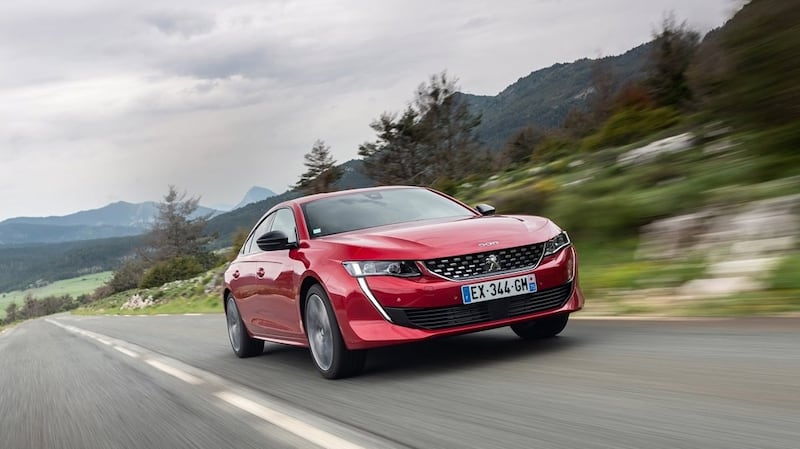
Another year and another Peugeot among the seven finalists. That says a lot about the new era at the French brand - and it’s an impressive accolade for the management team and its engineers. The 508 is simply stunning. Gorgeously muscular and taking its cabin from the award-winning 3008 crossover, it also handles with the dexterity its styling suggests. That said the smaller engines don’t quite deliver the performance punch you might expect. For all its impressive traits, you can’t help seeing this as a last hurray by a family saloon, trying to add some coupe magic to the mix. However, while it’s a very impressive effort, it’s still akin to a middle-aged man struggling to maintain vestiges of youth courtesy of a little hair dye and leather jacket.
Ford Focus - 4 points
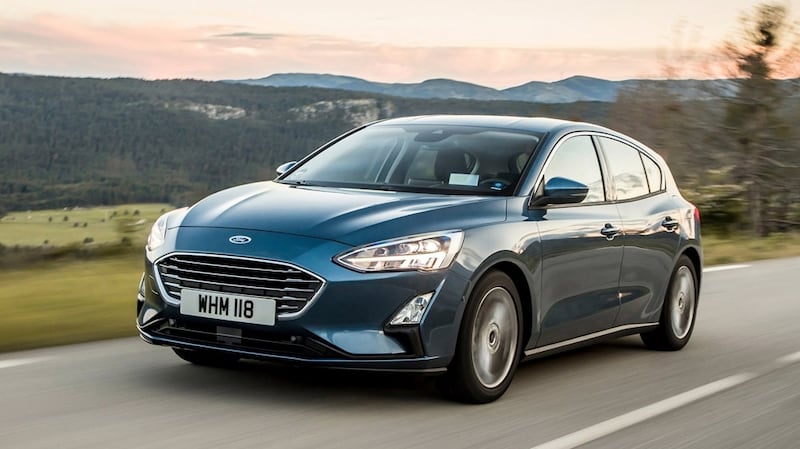
The new Ford Focus is a mixed bag. It has long been the benchmark for hatchback handling, the car you would opt for every time when faced with a twisting road. Taken from a purely objective perspective, the new car is hugely impressive. Build quality has definitely taken a step up towards VW Golf levels (even if it’s not quite there yet) and for the first time since 2012, here’s a Focus with a properly roomy cabin.
Plus, the infotainment system is impressive and the 1.0-litre petrol and 1.5-litre diesel engines are very good. So with all the big boxes ticked, what’s the problem? The fun - by which we mean the steering sharpness - has gone. That magic that led us to continually put the Focus at the top of our list for driving fun in the affordable hatchback market seems to have disappeared, at least from the lower-powered more affordable variants. It’s now the estate model that’s the star as it retains the more sophisticated rear suspension and is sharper to drive. It’s for this variant that the Focus scores its points.
Kia Ceed - 3 points
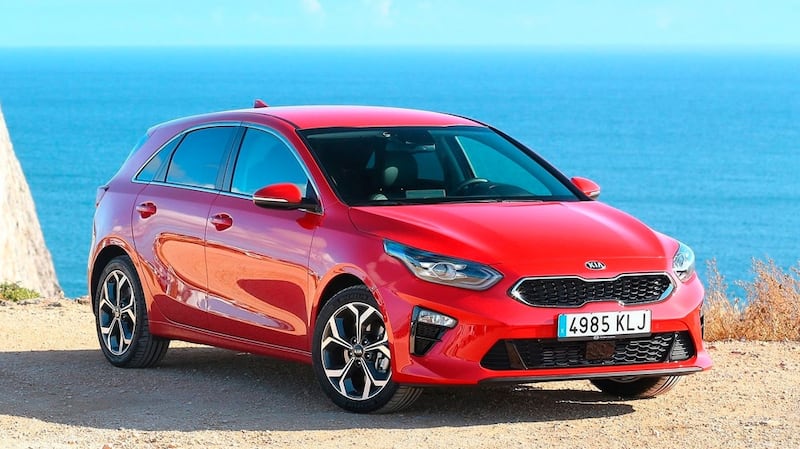
Kia’s hatchback is snapping at the heels of the establishment with the Ford Focus and VW Golf in its sights. You need no more proof than the fact it made this year’s shortlist alongside the Focus. Clearly jury members couldn’t make the call between the two in the initial round. What the Ceed delivers is all-round ability. The hatchback’s styling - exterior and interior - is relatively conservative, but the quality of the fit and finish is excellent. What’s more, the hatchback is just the first in a range of far more exciting variants coming down the line. We’ve already got to see the gorgeous Proceed, which has definite Porsche-like lines.
The handling is, perhaps, not that exciting, but equally it's closer to matching the new Focus than Ford might care to admit. Standard multilink rear suspension gives it an edge on its Hyundai sibling, the i30.
Mercedes-Benz A-Class - 3 points
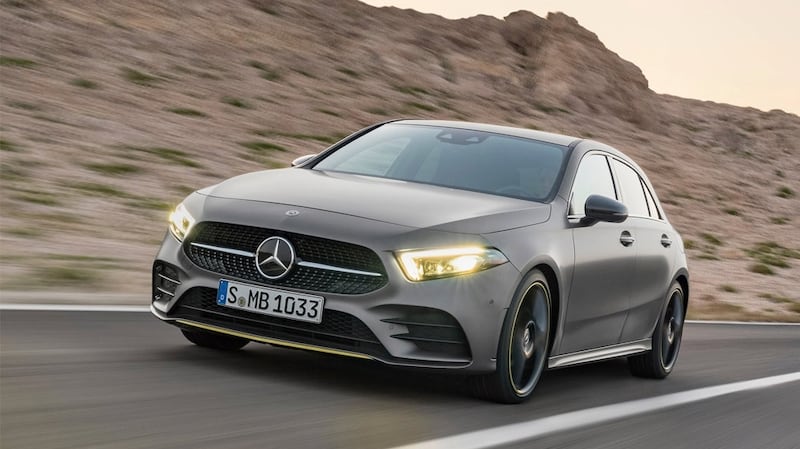
The Mercedes-Benz A-Class may look like a smart hatchback but it’s also a preview of the future of the car. At least that’s the promise.
Let’s start with a few examples of the latest tech before we even take to the road. The new A-Class can be opened and started using your smartphone or a NFC (near field communication) card. You can share the car with up to 25 friends or family members via a new smartphone app. Consider its potential as a company car available for use to all staff, managed through a simple smartphone app. Or an apartment building offering use of a shared A-Class. For in-car features, how about the 10.25in touchscreen display. And if you don’t want to bother stretching for the screen - or using the mix of buttons and touchpads also provided - you can always revert to the latest voice control system, operated in the same way that Amazon’s Alexa or Apple’s Siri. And there’s more. Using an array of cameras and sensors, the A-Class has the sort of steering-assist system you would expect to see on the flagship S-Class.
That’s probably enough about the tech for now: what about the car? What we have here is a spacious five-door hatch that in some ways resembles a small estate car, given its length. Mercedes biggest space boast about the new car is that the boot can now take a set of golf clubs, with 370 litres on offer, something the outgoing model couldn’t manage.
Mercedes has opted for a new torsion beam rear suspension for the A-Class, at least the lower-powered versions. The firm had been reticent about using this format in the past, claiming it comprised ride quality. However, its engineers are now convinced they have the mix right. On the road they seem to be right. And if you opt for more powerful versions and you still get the more sophisticated four-link rear suspension.
In the past, A-Class buyers could understandably feel short-changed from the entry-level cars, especially when they compared them to mainstream lower-priced rivals. Now, however, the A-Class delivers on its premium promise.
Citroen C5 Aircross - 2 points
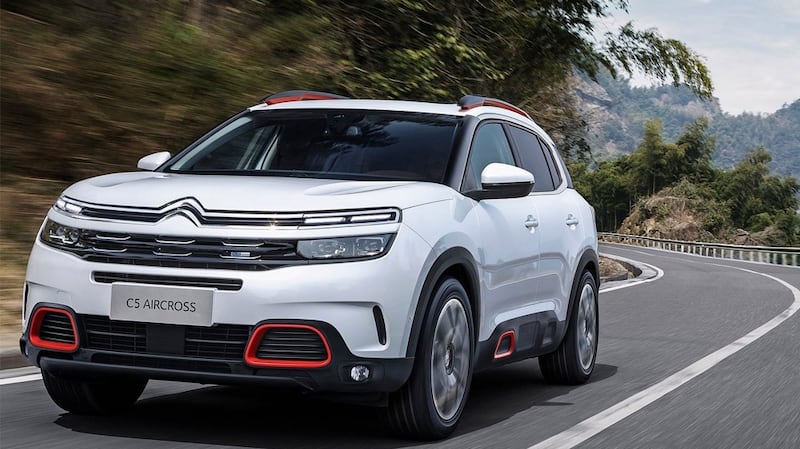
An admirable crossover based on the foundations of a past winner. The C5 Aircross has got the right DNA courtesy of Citroen’s parent PSA. There is a nod towards the ethos of the chevron brand courtesy of the remarkably comfortable seats and a certain softness in the styling and driving dynamics of the car. There are some nice touches with the graphics on the driver’s screen as well, a rejig of the software used by sister brand Peugeot. However, on the central console the touchscreen system seems slower and less impressive than on the sister brand’s crossovers. The tactile piano buttons on the Peugeots are also replaced by touch-sensitive surface symbols that aren’t as good. The ride can also be choppy on badly surfaced roads.
Alpine A110 - 1 point
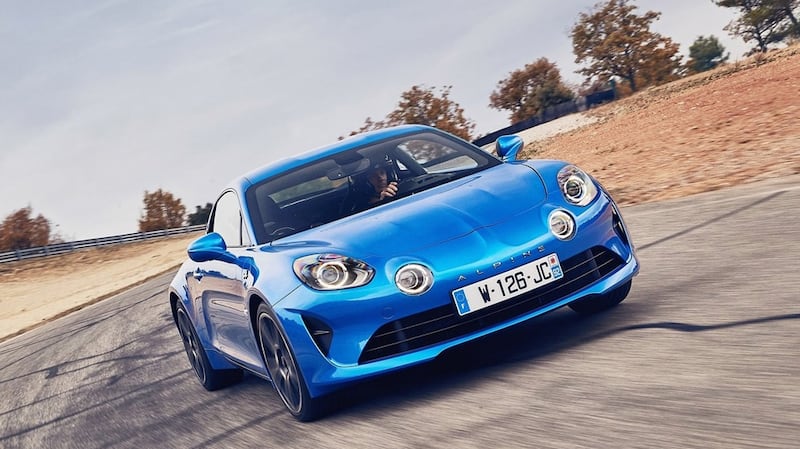
Great to see the Alpine on the shortlist. Sad to see it's not coming to Ireland for now. It's one of those cars built by petrolheads for petrolheads and the general public are blessed with the opportunity to buy one. You don't need to go fast to feel the thrill of speed in the Alpine, but that not to say it's in any way slow. This car is quick. Intoxicatingly quick. Stick it in sports mode and the glorious little engine will sit at 6,700rpm in full-throated roar, a chorus to all that is still great about the combustion engine over a century on. Others have delivered similar road racer charisma - such as the Lotus Elise or Alfa Romeo 8C - but the Alpine does so with a poise and refinement the others lacked. The compliant ride alone is exceptional for a car of this class.





















